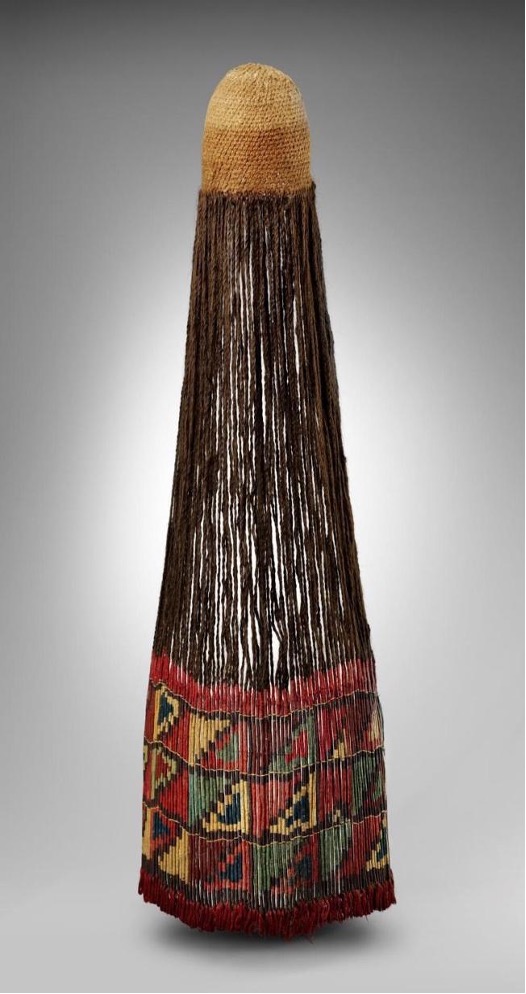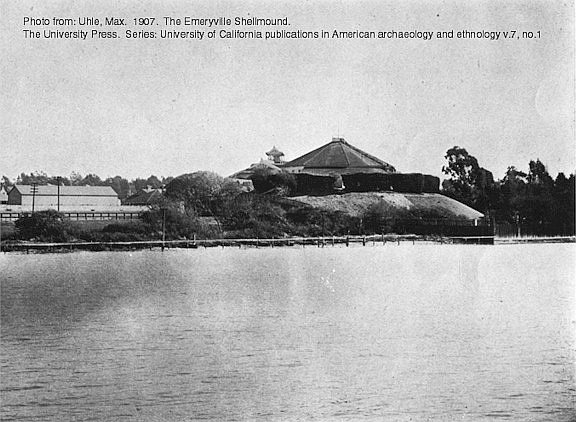
Platypod, Episode One: Technologies and Politics of Accessibility
In its opening episode, Platypod presents a conversation between Cassandra Hartblay (University of Toronto) and Zihao Lin (University of Chicago). They discuss their research on accessibility cultures, politics, and technologies. This episode was created with the participation of Cassandra Hartblay (the University of Toronto, speaker) and Zihao Lin (the University of Chicago, speaker), Kim Fernandes (University of Pennsylvania, host), Svetlana Borodina (Columbia University, host), Gebby Keny (Rice University, sound editor), and Angela VandenBroek (Texas State University, CASTAC web producer). The transcript of their conversation is accessible below. (read more...)






